By Mike Wilmington and Film Noir Blonde
Few actor-director collaborations have generated more cinematic excitement and sheer brilliance than the team of director Martin Scorsese and star actor Leonardo DiCaprio – two kings of neo-noir. In their five films together, they have left an indelible stamp on our movies and on our pop culture.

Martin Scorsese and Leonardo DiCaprio publicize the release of “Shutter Island.” Photo by Robert Hanashiro, USA TODAY
DiCaprio was first recommended to Scorsese by the director‘s other long-term actor-collaborator Robert De Niro, who was impressed by Leonardo after playing his father in the 1993 family drama “This Boy’s Life.” DiCaprio and Scorsese joined up in 2002 for the explosive period gangster saga “Gangs of New York” and the rest is neo-noir history.
DiCaprio and Scorsese and their chemistry will be celebrated this Thursday and Friday (Feb. 13 and 14) in New York City at Bowtie Cinema’s storied Ziegfeld Theater, with a five-film retrospective.
The retrospective begins on Thursday with afternoon screenings of “The Aviator” (2004) with DiCaprio as Howard Hughes and their Oscar-winning all-star gangster drama “The Departed“ (2006).
The program also includes a live panel discussion at 7 p.m. Thursday with DiCaprio and two other key Scorsese collaborators on “The Wolf of Wall Street“: screenwriter Terence Winter and longtime Scorsese editor Thelma Schoonmaker. Their talk will be followed by a screening of “Wolf of Wall Street,” one of the most controversial of all 2013 American movies, and a multiple Oscar nominee. The discussion will be moderated by critic-filmmaker Kent Jones, a Scorsese collaborator as well.
On Friday, the retrospective continues with showings of the psychological thriller “Shutter Island” (2010) and “Gangs of New York” (2002).
DiCaprio is one actor who’s used his stardom well. And we can’t think of another director who has done more for film noir appreciation and history than Scorsese. The guy has been watching noirs since his Little Italy boyhood and making neo-noirs since 1973’s classic “Mean Streets” (and, arguably, since 1968’s “Who’s That Knocking at my Door”). He also shares his love for the genre with lectures, introductions for box sets and in his “Scorsese Screens” column for TCM’s Now Playing. All that and “Boardwalk Empire” too.
For showtimes and ticket information, visit www.bowtiecinemas.com. The Ziegfeld Theater is located at 141 W. 54th St. in Manhattan.






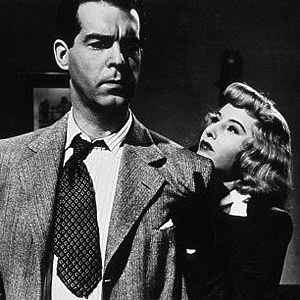
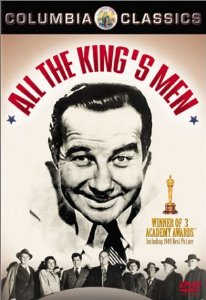
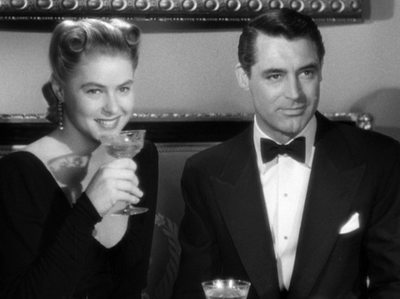

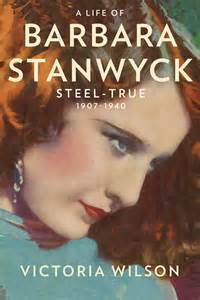

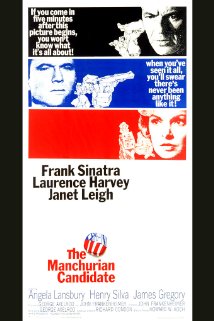
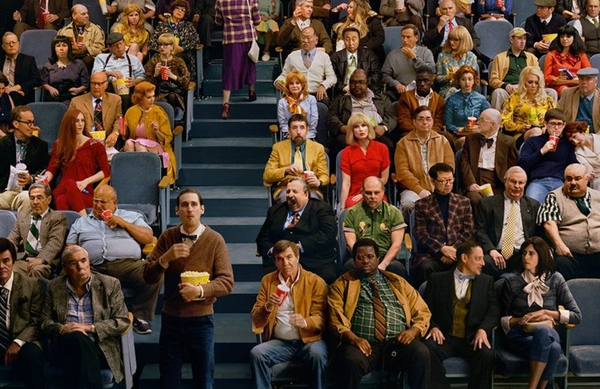




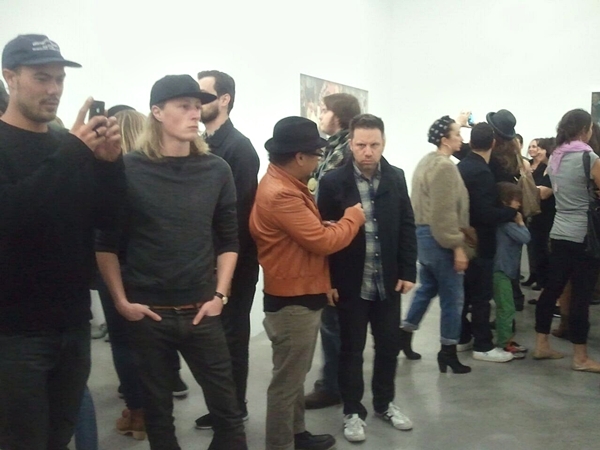
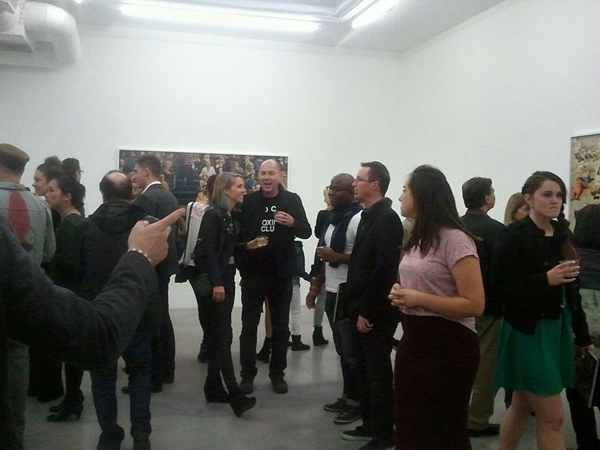

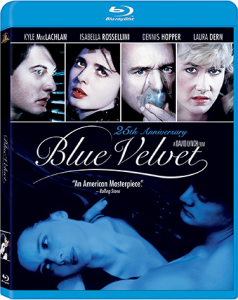
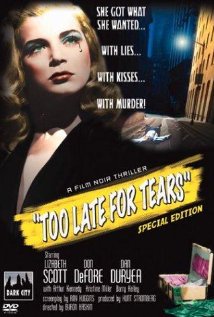
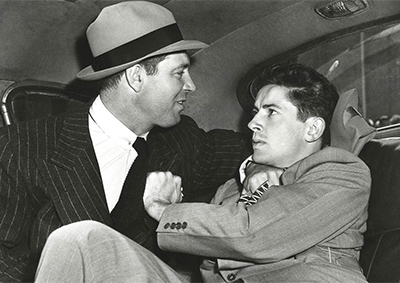

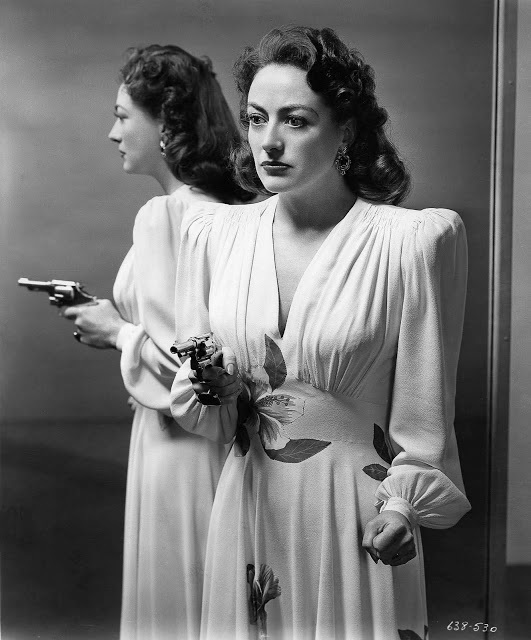
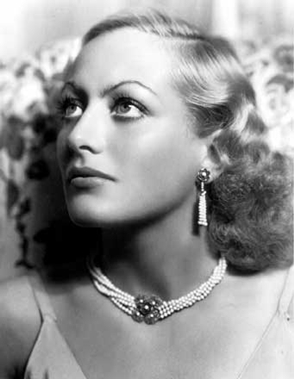
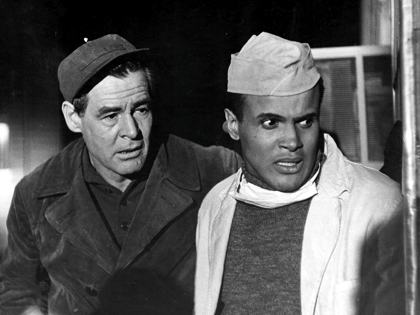
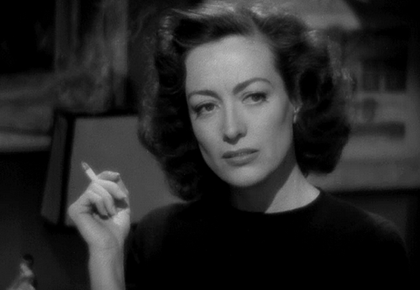
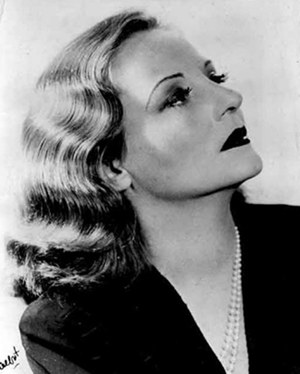





From FNB readers